Episode #349: Beyond Think-Pair-Share: Practical Teaching Moves To Enhance Meaningful Mathematical Discourse
LISTEN NOW HERE…
WATCH NOW…
Discover practical instructional routines from Shannon McCaw’s 2025 NCTM Spring Conference session to elevate meaningful mathematical discourse. Learn how structured discourse routines and sentence frames can increase student engagement—especially during direct instruction.
With many districts focusing on mathematical discourse, Shannon shared practical instructional protocols to help students engage in meaningful conversations. Learn how structured routines, sentence frames, and intentional strategies can boost participation—especially during direct instruction.
If keeping students engaged in discourse is one of your biggest pebbles, this episode is packed with actionable takeaways you can implement right away!
What Listeners Will Get From This Episode:
- Students engage more in discourse when provided with familiar structures and sentence frames.
- Practical instructional protocols to make direct instruction more interactive and engaging.
- Implementing small, structured routines can lead to big improvements in student participation.
Attention District Math Leaders:
Not sure what matters most when designing math improvement plans? Take this assessment and get a free customized report: https://makemathmoments.com/grow/
Ready to design your math improvement plan with guidance, support and using structure? Learn how to follow our 4 stage process. https://growyourmathprogram.com
Looking to supplement your curriculum with problem based lessons and units? Make Math Moments Problem Based Lessons & Units
Be Our Next Podcast Guest!
Join as an Interview Guest or on a Mentoring Moment Call
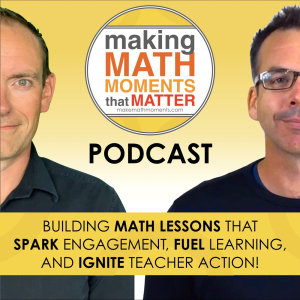
Apply to be a Featured Interview Guest
Book a Mentoring Moment Coaching Call
Are You an Official Math Moment Maker?
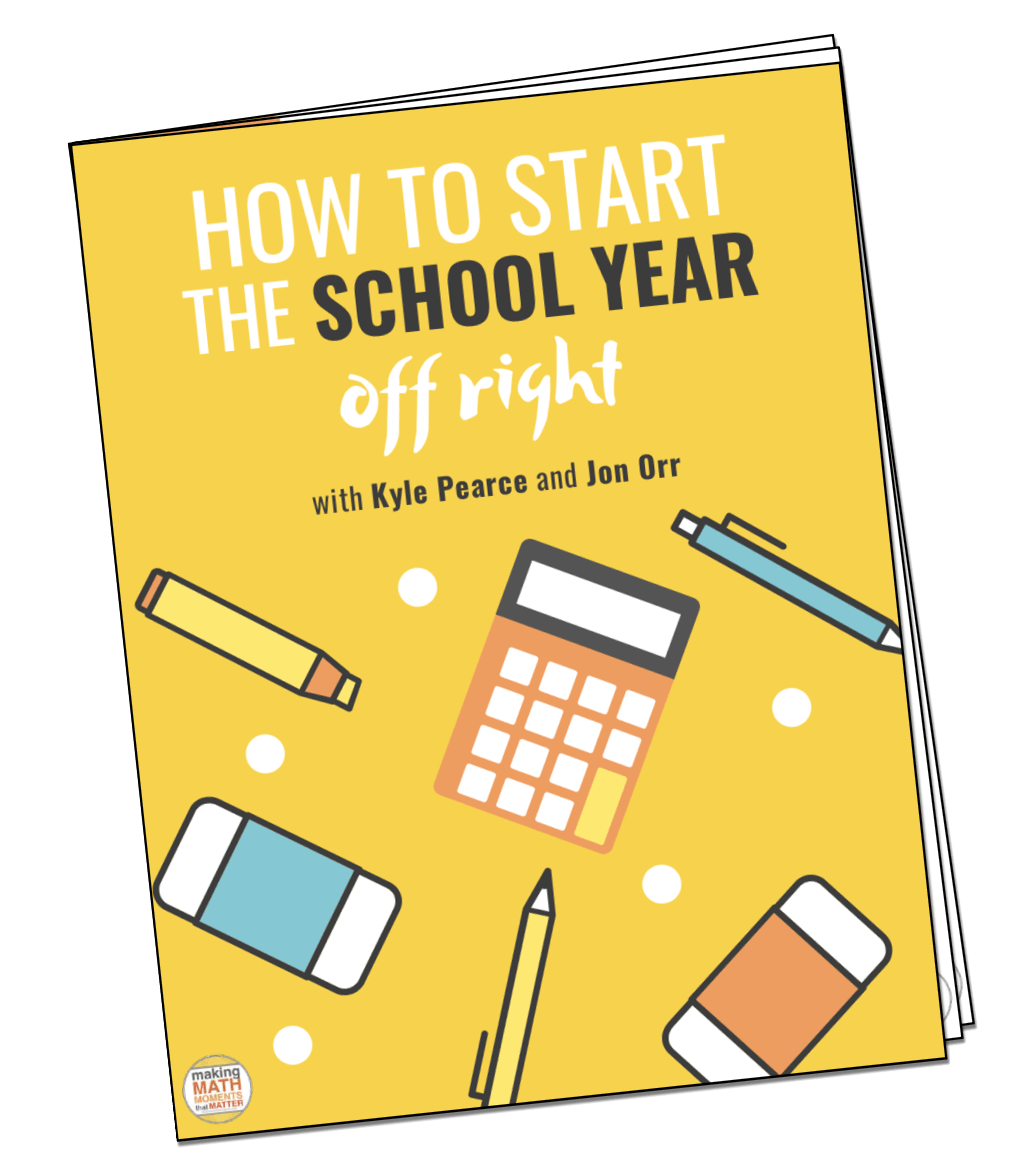
FULL TRANSCRIPT
Yvette Lehman: So we just got back from the NCTM Spring Conference. I always feel like when we come back from a conference like that, I’m so enthusiastic about some of the ideas that were shared at the conference. so I’ve been telling you about this particular session for a few days now, and I brought it up in a few of our calls. And so we thought, why not share it with the broader Make Math Moments community? Yeah, let’s like, you know, whenever I go to this type of conference, I’m always…
Jon Orr: Let’s do it. Let’s do it.
Yvette Lehman: overwhelmed by choice because there are just so many good topics and I actually remember in this particular time slot I think I had four circled that were all of interest.
Jon Orr: Yeah, yeah. And they’re probably on opposite sides at the conference center. And then you’re like, there’s no way I can duck, you know, duck into one and then try to duck into another. It’s half an hour goes by by the time I reach it.
Yvette Lehman: But I did choose one session that again was kind of a standout for me. And I chose it because it was on the topic of discourse, which seems to be a priority in a lot of districts right now. A lot of districts are working on the implementation of the practice of promoting mathematical discourse. And I thought, you know, what could I learn about discourse that I don’t already know to just strengthen my own content knowledge around this particular practice?
So I went to Shannon McCaw’s presentation. was called, a Break, Communicate Instructional Protocols to Elevate Mathematical Discourse. Yeah, so sure.
Jon Orr: Got it, got it. Okay, so give us the rundown. Like what was the big takeaway here?
Yvette Lehman: Okay, so Shannon is an author or a writer, I guess, for Ed Gems math and also a middle school teacher. So everything that she does is through the lens of grade, like seven, eight and nine. And so we, yeah, me too. I love that. I’ll take six also. But we started the conversation around and I’ll ask you this question. This was a prompt that Shannon gave us in the session, which is.
Jon Orr: OK, that’s my jam. Hahaha
Yvette Lehman: What is the biggest struggle teachers face during direct instruction?
Jon Orr: I would say that when I think about my lessons with direct instruction, I’m looking into the audience, my audience, my students, my classroom. And I’m mostly concerned about getting feedback that I’m engaging them. So I’m like, do they understand? really,
I would try to create engagement to tell me whether they’re understanding or not. So I’m trying to figure out what can I get them to do? So I remember asking very, this is my first 10 years, very not great purposeful questions. It would be like, want some sort of involvement here to give me a sense that they’re following what I’m doing so that when I stop my scripting lecture style, that I can then visit students one-on-one for the next little bit.
So it would be like, hey, what’s the next step? That would be a question that I would ask. But I’m really trying to, the struggle I think that most of us are trying to figure out is, I hitting home? And the only way I feel like I can get that is if I ask these prompting questions to keep kids engaged while I’m going through this. All right.
Yvette Lehman: And I think that’s what I wrote, know, engagement. Like most students are passive learners during direct instruction or possibly completely disengaged. And it goes back to, you know, I say this all the time when we’re planning PD sessions, you know, the person doing the talking is doing the thinking. So if the teacher is the dominant voice in the classroom and the students are all passively, you know, in a sit and get kind of model,
You know, the teacher’s doing the thinking. So the whole session was around, you know, how do we implement routines in the classroom to promote more discourse so that the students are doing the thinking because the students are doing the talking? And one thing that really resonated with me from Shannon’s presentation, so she is from, I think, Portland, Oregon, and taught to…
for most of her career at an inner city school that had a very diverse population, particularly a variety of multi-language learners. I think she said at one point she’d had over 49 different languages spoken in her classroom. And so when it comes to, and I’m gonna be careful with my statement here that it’s like, this is good for all students.
So it creates more equitable access for all students, but particularly historically marginalized students, including our multi-language learners and our students with special education needs, is that students are more likely to engage in discussion when there’s a predictable structure and they’re provided with sentence stems.
Jon Orr: Hmm. So you’re saying like, like when I go to grab, say a new strategy that I want to use in my classroom, it might be a struggle because it’s not familiar. You know, it’s, it’s, it’s, and I think we would all agree that the first times that we use routines in our classroom, feels clunky and it feels like the kids may be looking around on, on, on what am I supposed to do right now? Like if, if I’ve been used to sitting and getting like, why aren’t we doing more of that? And I’ll be resistant.
if I’m going to be asked to do something different and out of routine. And I think we all, we talked about this a couple of episodes ago is that when we are starting fresh, you know, it’s like, like, how do we get those routines rolling? So it feels like the machine is, is, is kind of chugging along in those first few weeks sometimes is about establishing norms, establishing routines, establishing culture. So it makes perfect sense that if we have these routines that are, that are common, that we engage a little bit more, we do a little bit more thinking, we do a little go of what we want to be happening in our classroom.
Yvette Lehman: Yeah, so that was one thing I thought about. Okay, we need predictable routines. And then I also, we have this debate a lot, you know, do we need sentence frames? Do we need, you know, sentence starters for students? And I think that, you know, I felt like we did. That was my own gut, you know, based on my own experience in the classroom. My teaching partner was amazing with this. Like she really created a really supportive structure for students initially. And it’s like over time, maybe we need
less of that, but you know it does provide a safe entry. And the one thing I particularly liked about the sentence frames that Shannon shared with us is that the frames themselves had a differentiated entry point. So depending on your comfort with the content that was being discussed, it’s like there was like a naturally low floor high ceiling kind of prompt that would allow access for all learners.
Jon Orr: Hmm. So thinking of sentence frames, like when I, one of the common routines we use in our class was a notice and wonder routine, right? So it’s like, I notice, I wonder, which are in a way sentence frames, right? Because you’re asking them, like, I would have my students draw a line down the middle of their desk, write down, I notice, then dot, dot, dot. And then they would jot down things they notice about say the task that we’re starting or the clip that they’re watching, or say the story that we’re telling about what’s, what’s, you know, this context.
And then the I wonder, which is prompting them to kind of continue with their sentence, you know, the way that they would, they frame that their sentences. So that was one that I commonly used as, as sentence starters, but I would think reflect back on other prompts. You know, I don’t, I don’t remember using a ton, a ton of say sentences frames when we’re working at the boards or working in group works. you know, I think, I think we would model, you know, questions we might ask our neighbor, but,
when you say sentence frames, were they recommending like you have these ready to go? I’ve seen cards where they’re like, there’s cards, you know, that you could pull from the deck and go like, and it’s a it’s a sentence starter that you could rely on to kind of get the conversation going in your group.
Yvette Lehman: So yeah, and I’m thinking about our tasks in the Make Math Moments Academy and we often use an estimation protocol. And I know that even through that estimation protocol, we do often different sentence frames. So a couple that I’m looking at here, it’s like, I know for sure the answer is more than or less than this. So it’s like, I feel safe saying, you know, it’s at least this or it’s definitely not that. And that is pretty low floor.
you know, like based on the context, the content provided in the, the problem, it’s like, that’s a pretty accessible entry point. We also often use the, I think it’s between this and this, you know, so we’re starting to narrow it a little bit more and then we can get more precise and say, I think it’s about this. So those are, you know, two protocols that we often adopt in our tasks, which is notice and wonder and an estimation protocol.
Another one that I often used, of course, in my classroom is, you know, your typical think pair share, right? Like that’s a pretty common structure that many teachers might be familiar with. But what I loved about this session is that I walked away with some new ones that I had never heard of. So that’s what I wanted to kind of share, yeah, with the community. So the first one, I’m not going to share all of them. I will definitely encourage everybody to check out.
Jon Orr: All right. Lay it on us, lay it on us. You’re gonna keep some secret?
Yvette Lehman: Yeah, or like, I want to just like, you know, encourage everyone to check out EdGemsMath or reach out to Shannon or, you know, go to see one of her sessions at an upcoming conference because it was awesome and totally worth my hour. But I’ll share a few of them. I’ll give you a little, you know, little insight. So one of them that I loved was called Expert Crayons. And what I loved about this particular protocol is that we talk all the time about wanting to create a culture in our classroom.
Jon Orr: All right, let’s do it.
Yvette Lehman: where it’s like a little, I describe it, it’s like a beehive, you know, that’s like all these kids working and they’re buzzing around and they’re talking to each other and they’re problem solving and they’re not relying on, you know, I actually just heard this today where it’s like our kids are just gonna wait for the teacher to come and tell them what to do. So expert crayon kind of establishes this culture where we’re all learning together and we can rely on each other to strengthen our understanding. So the way that it works is the teacher has so many crayons.
They can determine how many, think Shannon suggested seven crayons. And as students are working through their purposeful practice, if a student is done and they feel confident in their answer, the teacher comes over, checks their work, initials it with their crayon, and then hands them the crayon. And now that person is up in the room and is available to their peers. And so if somebody sees them with the expert crayon walking around, they can call them over, they can ask them for help.
And her one kind of recommendation for this protocol is that you stick with your peer until they’re good. Like, it’s not like you’re just going to pop in and go away. It’s like if someone calls you over and says, I’m stuck on this problem, I’m having a hard time understanding, you’re now collaborating with that partner and you’re seeing it through. And then, you know, as more students become, you know, are handed the expert crayons, once you’re out of crayons, the teacher is no longer available to step in.
So that means that there are enough experts in the room to be able to kind of facilitate this learning amongst their peers that the teacher can step back at them.
Jon Orr: it. I’m, my, my thoughts, you know, my, my brain immediately goes to how like how, how my classroom is set up and how I’ve structured say our whiteboards around the room because it’s, sounds like a spin off of like we used to have the protocol of, know, whoever has the markers doing the talking or not doing the talking, but we also would say one marker per group and then we would pass that marker around. But I like this as a spin off because it’s saying like,
If our group is in a way, if we’re working in groups and let’s say we are doing some purposeful practice around, you know, that idea or you’re say doing say a thin slicing routine to go through set of problems. But then all of a sudden you look over in a group and I’m holding a different color marker, right? Like I’ve got the, you know, I’ve got the crayon and we could lean on each other when we say I pluck.
you know, or visit another board. And then all of a sudden now I’ve got that expert crayon visiting different boards to kind of like give them insight, give them, give them support. Um, and then you’re creating that, that, that beehive effect in the room and across the room. was, you know, I’ve never used the expert crayon technique, but you know, we had this kind of beehive in a way, but it wasn’t as formalized as we have these expert crayons or expert markers walking around the room kind of providing some of that insight along the way. I like it, I like it.
Yvette Lehman: There’s another protocol that’s called heads together. So essentially, you put up a problem or a provocation that’s like a slight extension or variation on the work you’ve already been doing. So imagine, for example, you’ve been exploring, you know, the surface area of a rectangular prism and you’ve been working through the formula. And now it’s like you throw up a triangular prism.
And students need to talk about like, what’s the same, what’s different, how has this extended from their previous understanding? So it’s like they’re in, it’s like really just putting it on the students to do that analysis and that justification. The one example that was shared during the session was like, we’re going from equalities to inequalities. So we’ve been working on solving equalities for the last few weeks. And now all of a sudden that, you know, equal sign has been changed to greater than.
And so students again are given these sentence stems. I’ll read them to you because I have my you hand out in front of me. So it’s like one way this problem is similar, one way this problem is different. This might affect solving the problem because to solve this problem we will need to. So students are now you know analyzing what’s changed, what’s different, how has the how have the constraints varied and how is this going to impact the way that we solve it this time.
Jon Orr: Got it. So this is a routine that say you’re establishing in your classroom before, you know, and I’m the way I’m imagining it is I’m before I’m revealing any numbers before I’m revealing any prompt, you know, actual questions like holding back important information so that the prompts actually have more impact because you know, my experience is like if I just like switch the problem, half the class or some of the classes is going to start immediately doing the problem without the prompts without discussions, even though they might have them in front of them in terms of cards or
or sentence stems like pieces of paper, or maybe they’re on the walls that they can be reminded of. But I’m imagining that tweak of going like, I’m going to show the triangular base prism, but I’m going to strip all the numbers from it. I’m going to strip like the maybe the, or I’m going to keep the context, but I’m going to like hold back some of the information so that this discussion can actually generate what we want them to generate, which is really problem solving strategies happening.
in the background because they’re thinking about how is this different than before and I’m going to start piecing together what I did before to solving this problem. What do I need to solve this particular problem moving forward, which is really important if we don’t say give everything up front.
Yvette Lehman: Well, and I think that, you know, the way that it was presented, I think it could be either. Like it’s like, but the purpose of this time is not to solve. The purpose is to analyze. And that’s why I thought Shannon did a really great job at connecting these different talk routines to the standards for mathematical practice. Or here in Ontario, we have the process expectations, which is really about, you know, explaining, justifying, reflecting, looking for patterns, making connections. And so it’s not about solving. It’s just about, you know,
describing what’s different, what’s changed, how is it different, how is it the same from the tasks that we were doing last week.
Jon Orr: Yeah, it’s like it’s a good it just goes to show the power of of establishing the routine as as a routine, right? So if the first time I do it, and all of a sudden I have students, you know, getting to work right away, because all the information is presented, it’s about kind of reeling everyone back a little bit to say, this is this is what we’re going to be doing here. This is like, let’s let’s put an emphasis on the descriptors, let’s put an emphasis on the strategies we’re talking about or the comparisons and let’s bring that about and kind of slowly give that power back to the kids in a way so that it becomes routine for like, soon as we say it, everyone knows what to do.
Yvette Lehman: Right, you just reminded me of something too. Shannon also said that these are pencil down activities. So it’s like before you go into heads together, pencil’s down. Like the purpose of this next five, 10 minutes is to engage in discourse to justify it, a reason to defend. It’s not to solve, it’s not to find an answer.
Jon Orr: Yeah, makes sense. Yeah. That reminds me of the phrase, like I used to say, talk first, type second, or top first, write second, right? Like when we were working with our, in Desmos, you know, when we were looking with certain activities and we we were pairing up one device per two. So that’s kind of like heads together, right? We’re doing something together. If there was a prompt on the screen, we’re talking first and then typing or writing second or doing second. So it’s like, make sure that we’re on the same page. Let’s talk about it before we come up with the next step.
Yvette Lehman: Yeah. Another, I’m going to share our third protocol that was new to me. And maybe, maybe it’s not that it’s new. It’s just that I didn’t have the structure or the sentence frames in place to make it impactful. So it’s just essentially called silent teacher. So there’s a problem up on the board and the teacher silently works through the problem. And as the teacher is working through the problem, the students have the sentence frames. So some examples.
I noticed that first he or she did this because, or then he or she did this because, I wonder why he or she did this, or I didn’t understand why they did this. I would have done this instead. So again, it goes back to those standards for mathematical practice where it’s like, it’s not just about finding answers, it’s about investigating. the why behind different procedures or comparing different solutions or seeing patterns or generalizations emerge.
Jon Orr: Right? Yeah. And the way that you just described it was really like, think of it as I’m doing a notice and wonder, but I’m doing a notice and wonder on what the teacher is doing in the classroom. And then I’m doing a think, pair, share, because I’m noticing, I’m wondering what’s happening here. I’m jotting down maybe my thoughts are out, but then I’m going to turn to my neighbor and use my structures to kind of share that back and forth to have that discussion. know, like making sure that we’re doing this in this small group format versus, you know, larger group format.
Yvette Lehman: So my big takeaways from that session are, what I shared, think at the beginning, which is if we want students to engage in discourse, it needs to be almost predictable at first and also really clear how to even engage in a mathematical conversation, like to assume that all students in your class even have the language.
to engage in this type of discourse is an assumption that’s probably false for some students. And so how do we create equitable access to conversations for all learners? How do we ensure that these conversations have a low floor, high ceiling? How do we support the student mathematical processes or process expectations for students around not just finding solutions, but really analyzing and thinking and justifying? I think it’s by putting these routines and sentence stems in place or sentence frames in place.
Jon Orr: Yeah, like you hit the nail on the head because like you have to teach students how to utilize this, this routine or this structure. We can’t just go into it and then expect them to have the tools in their pocket to be able to have appropriate discourse. We have to guide them through that process. And it does take iterative, you know, routine, you know, practice to go through that because it’s like,
If you just do it once and think it’s all of sudden, we’re going to have amazing discourse. You’re going to abandon it. If that’s your outcome, like that’s your prediction. It’s, going, Hey, we’re going to establish this throughout the year. And you know, it’s mid year when we’re starting to see the beehive effect happening because, because students are used to the routine, they’re used to the sentence, the sentence stems. And like, if I’m going to teach them the routine of like how this looks, we have to be able to guide them through that. But then also I think having those sentence stems in their hands at their desks on the walls everywhere so that we can utilize them when we’re asking them to engage in these routines.
Yvette Lehman: And interestingly, as a follow-up to I think one of the last episodes we recorded, which was on grouping, there was actually a conversation in this session around what’s the ideal grouping for this type of discussion. And so I think what I took away from Shannon’s experience in the classroom is that, of course, mixed ability grouping is gonna create the most powerful opportunity for student growth.
but then there might be times when you’re strategic. And so she talked about strategic seating. And so that’s something that I had flexible seating in my classroom. But when she described like why strategic seating, so that when you go to engage in this protocol, you have the right people at the table to support the learning, I thought was really insightful and something that I would want to think about a little bit more when it comes to actually structuring my classroom environment.
Jon Orr: Mm-hmm. In this episode, we talked about these routines that we pulled from the NCTM Spring Conference. And when I think about our effective classroom, and we think about the pieces of our effective classroom, you know, we have the six components. We talk about, say, the branches of our tree, which are our teacher moves. And when we talk about discourse and effective discourse, that’s one of the eight effective teaching practices in creating meaningful mathematical discourse.
in our classrooms, is, you know, one of the, again, it’s a branch that we hold, you know, I’m mixing metaphors now, I’m putting a branch in my pocket, it’s like I hold this in my pocket, but it is, you know, strengthening the branches, which are teaching moves and having different routines and finding the right routine for the right class or for the right situation is part of our work around strengthening our own branches, our own pedagogical moves. So,
That’s kind of our big takeaway. Part of that, you know, in strengthening your branches is also the soil, the water, the sunlight, the mindset, the beliefs. You know, what are we thinking is important in mathematics? We have to have a clear understanding, a clear vision of what we want to achieve in mathematics in our classrooms, which then can support those branches. If you are unsure, you know, about those six key effective mathematical structures in your math classroom,
you can head on over to makemathmoments.com forward slash grow and learn about those six, but also take a quick assessment that helps you pinpoint which of the six you might want to focus on first. Makemathmoments.com forward slash grow.
Thanks For Listening
- Book a Math Mentoring Moment
- Apply to be a Featured Interview Guest
- Leave a note in the comment section below.
- Share this show on Twitter, or Facebook.
To help out the show:
- Leave an honest review on iTunes. Your ratings and reviews really help and we read each one.
- Subscribe on iTunes, Google Play, and Spotify.
DOWNLOAD THE 3 ACT MATH TASK TIP SHEET SO THEY RUN WITHOUT A HITCH!
Download the 2-page printable 3 Act Math Tip Sheet to ensure that you have the best start to your journey using 3 Act math Tasks to spark curiosity and fuel sense making in your math classroom!
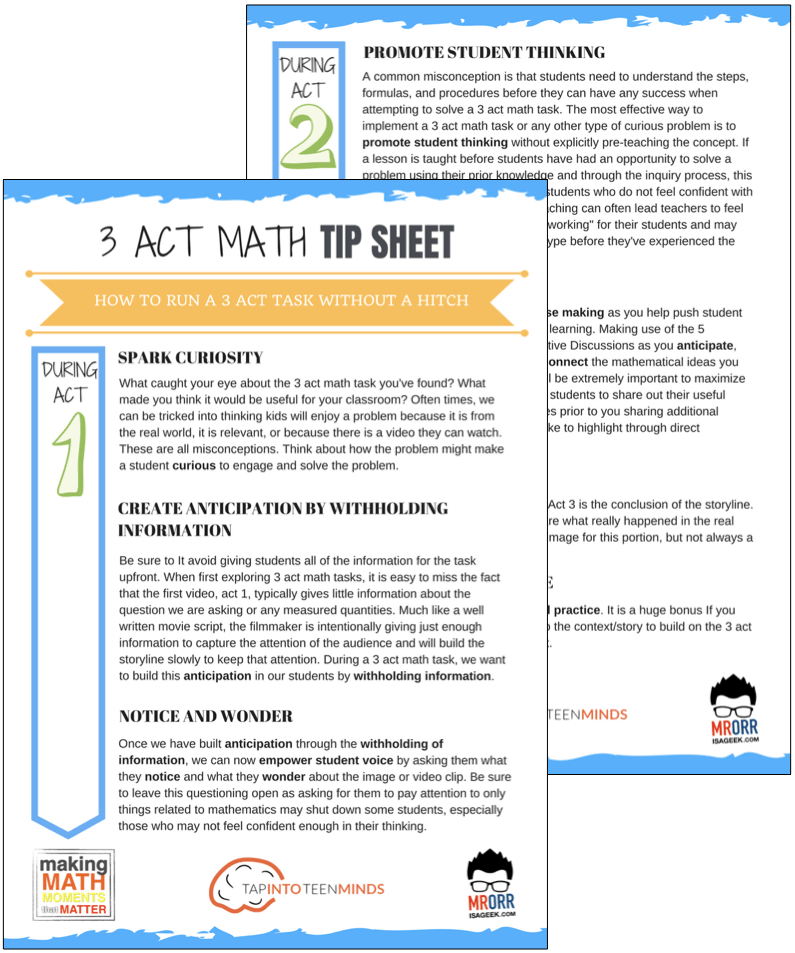
LESSONS TO MAKE MATH MOMENTS
Each lesson consists of:
Each Make Math Moments Problem Based Lesson consists of a Teacher Guide to lead you step-by-step through the planning process to ensure your lesson runs without a hitch!
Each Teacher Guide consists of:
- Intentionality of the lesson;
- A step-by-step walk through of each phase of the lesson;
- Visuals, animations, and videos unpacking big ideas, strategies, and models we intend to emerge during the lesson;
- Sample student approaches to assist in anticipating what your students might do;
- Resources and downloads including Keynote, Powerpoint, Media Files, and Teacher Guide printable PDF; and,
- Much more!
Each Make Math Moments Problem Based Lesson begins with a story, visual, video, or other method to Spark Curiosity through context.
Students will often Notice and Wonder before making an estimate to draw them in and invest in the problem.
After student voice has been heard and acknowledged, we will set students off on a Productive Struggle via a prompt related to the Spark context.
These prompts are given each lesson with the following conditions:
- No calculators are to be used; and,
- Students are to focus on how they can convince their math community that their solution is valid.
Students are left to engage in a productive struggle as the facilitator circulates to observe and engage in conversation as a means of assessing formatively.
The facilitator is instructed through the Teacher Guide on what specific strategies and models could be used to make connections and consolidate the learning from the lesson.
Often times, animations and walk through videos are provided in the Teacher Guide to assist with planning and delivering the consolidation.
A review image, video, or animation is provided as a conclusion to the task from the lesson.
While this might feel like a natural ending to the context students have been exploring, it is just the beginning as we look to leverage this context via extensions and additional lessons to dig deeper.
At the end of each lesson, consolidation prompts and/or extensions are crafted for students to purposefully practice and demonstrate their current understanding.
Facilitators are encouraged to collect these consolidation prompts as a means to engage in the assessment process and inform next moves for instruction.
In multi-day units of study, Math Talks are crafted to help build on the thinking from the previous day and build towards the next step in the developmental progression of the concept(s) we are exploring.
Each Math Talk is constructed as a string of related problems that build with intentionality to emerge specific big ideas, strategies, and mathematical models.
Make Math Moments Problem Based Lessons and Day 1 Teacher Guides are openly available for you to leverage and use with your students without becoming a Make Math Moments Academy Member.
Use our OPEN ACCESS multi-day problem based units!
Make Math Moments Problem Based Lessons and Day 1 Teacher Guides are openly available for you to leverage and use with your students without becoming a Make Math Moments Academy Member.
Partitive Division Resulting in a Fraction
Equivalence and Algebraic Substitution
Represent Categorical Data & Explore Mean
Downloadable resources including blackline masters, handouts, printable Tips Sheets, slide shows, and media files do require a Make Math Moments Academy Membership.
ONLINE WORKSHOP REGISTRATION
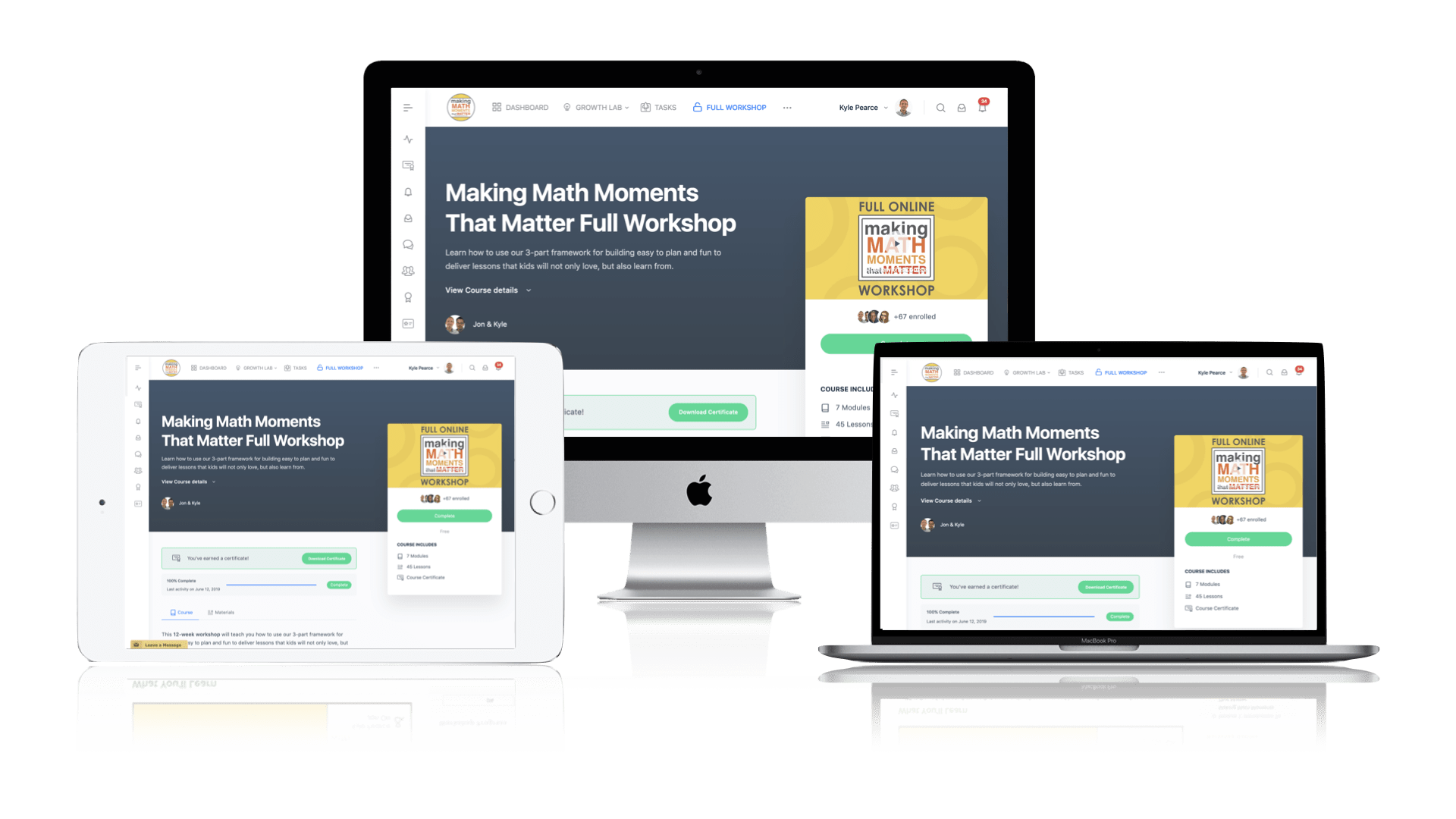
Pedagogically aligned for teachers of K through Grade 12 with content specific examples from Grades 3 through Grade 10.
In our self-paced, 12-week Online Workshop, you'll learn how to craft new and transform your current lessons to Spark Curiosity, Fuel Sense Making, and Ignite Your Teacher Moves to promote resilient problem solvers.
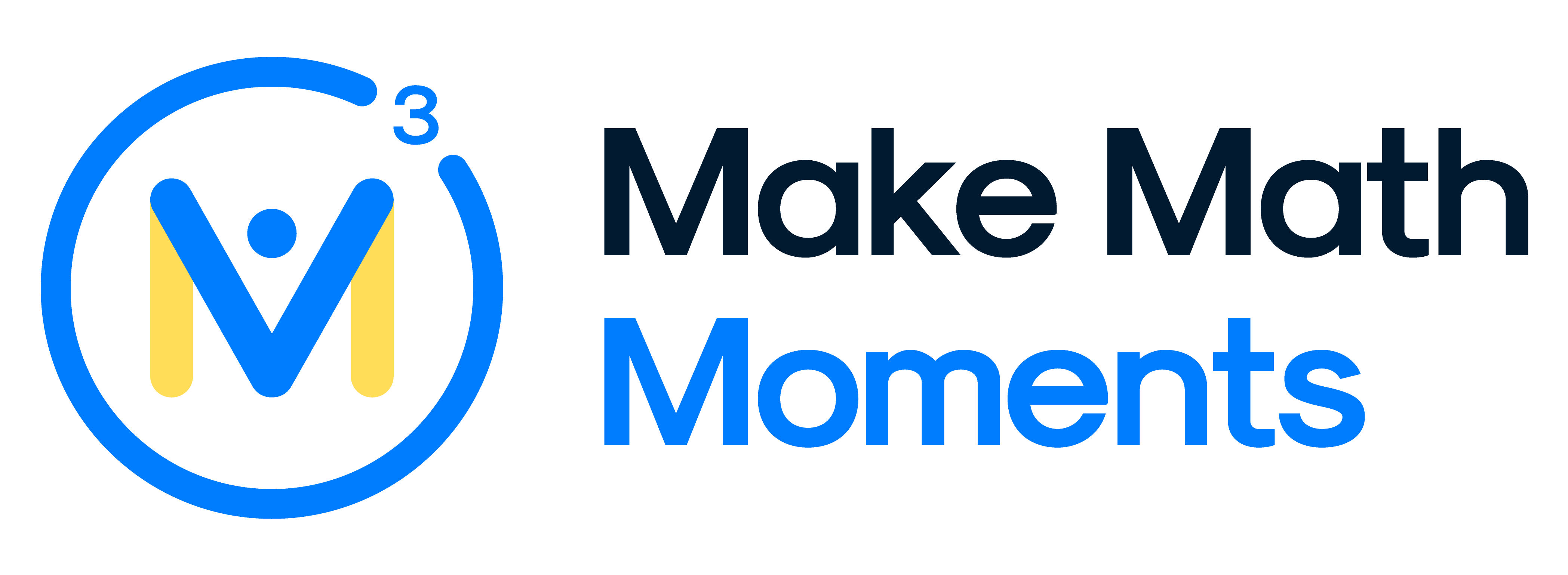



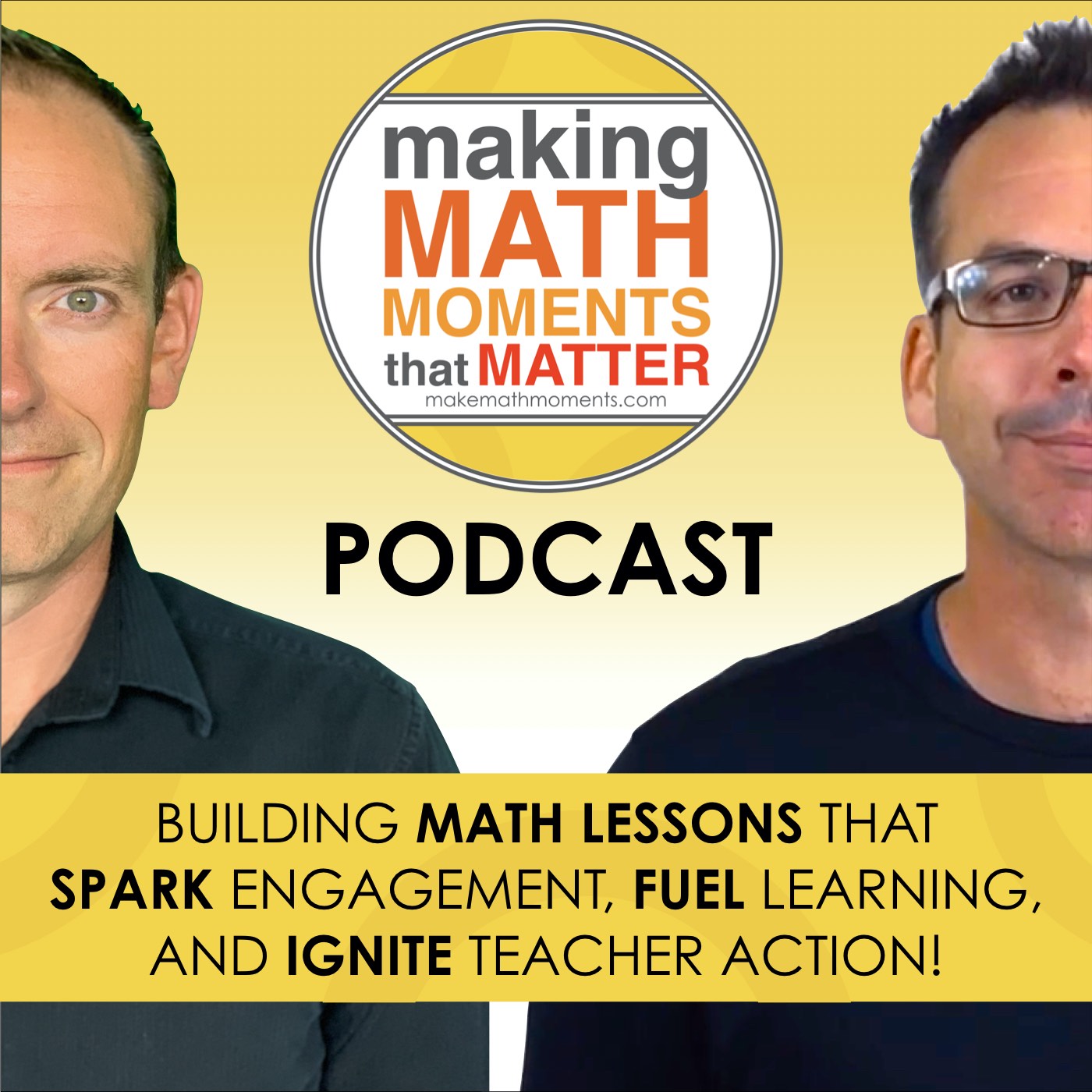
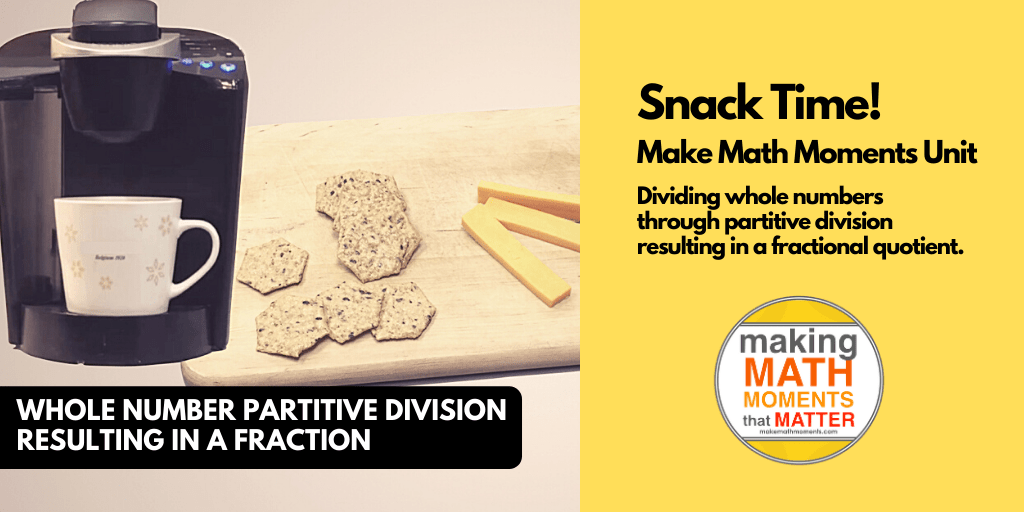
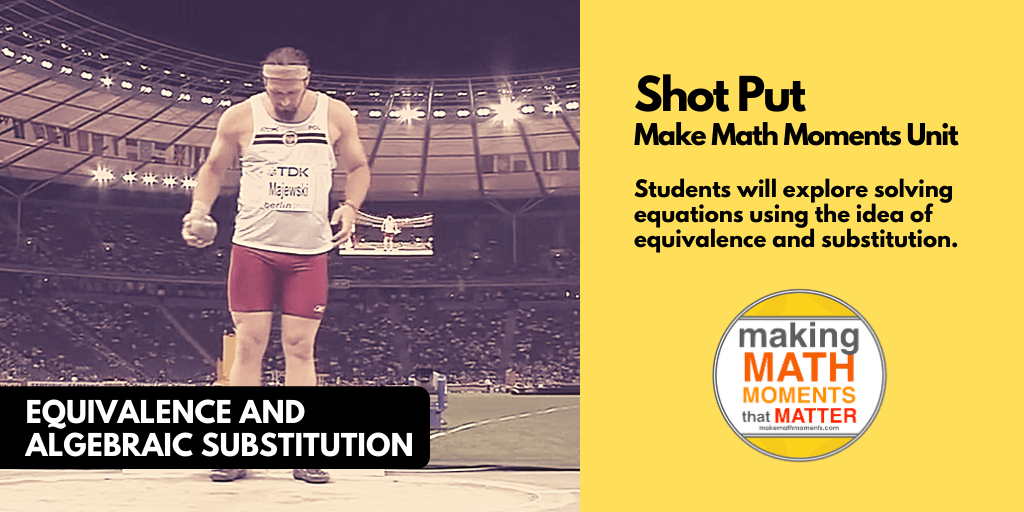
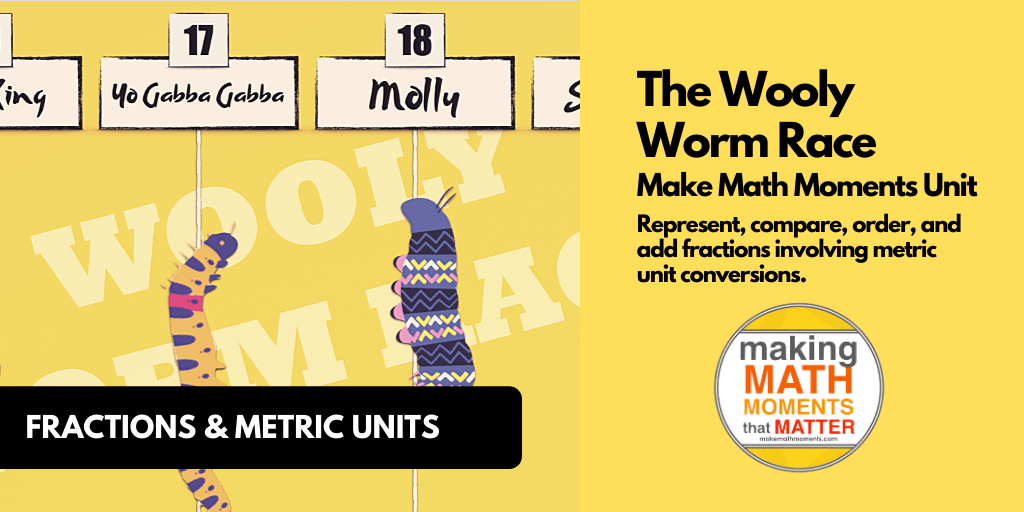
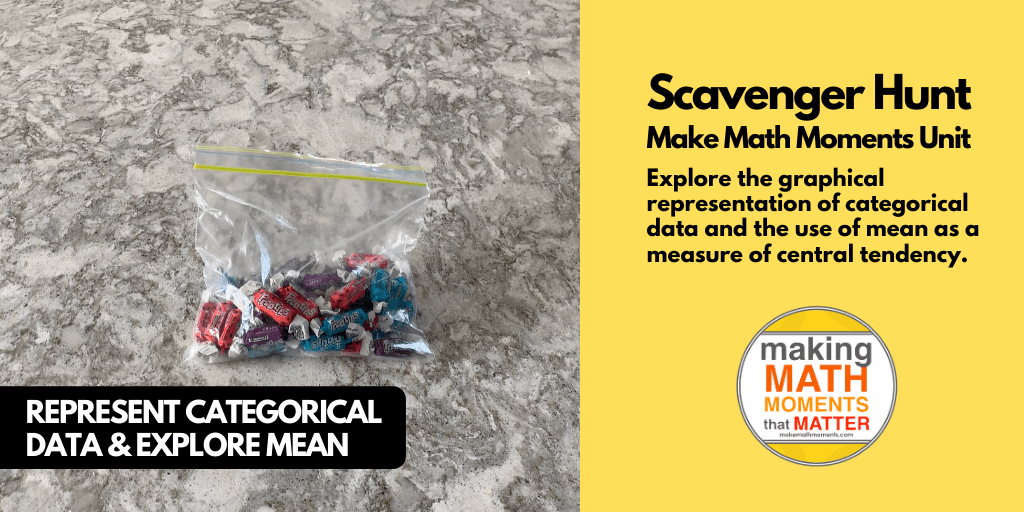
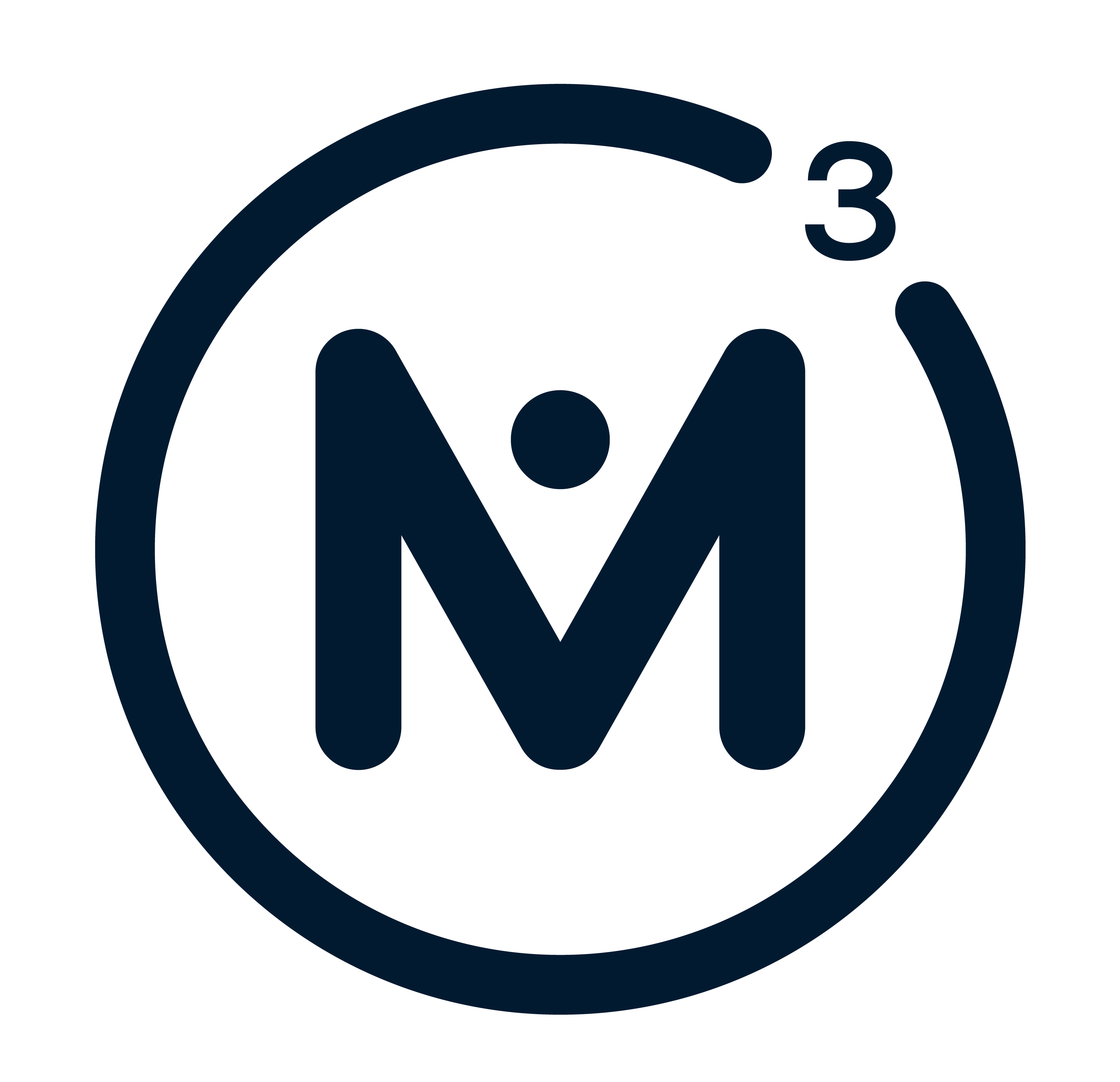
0 Comments